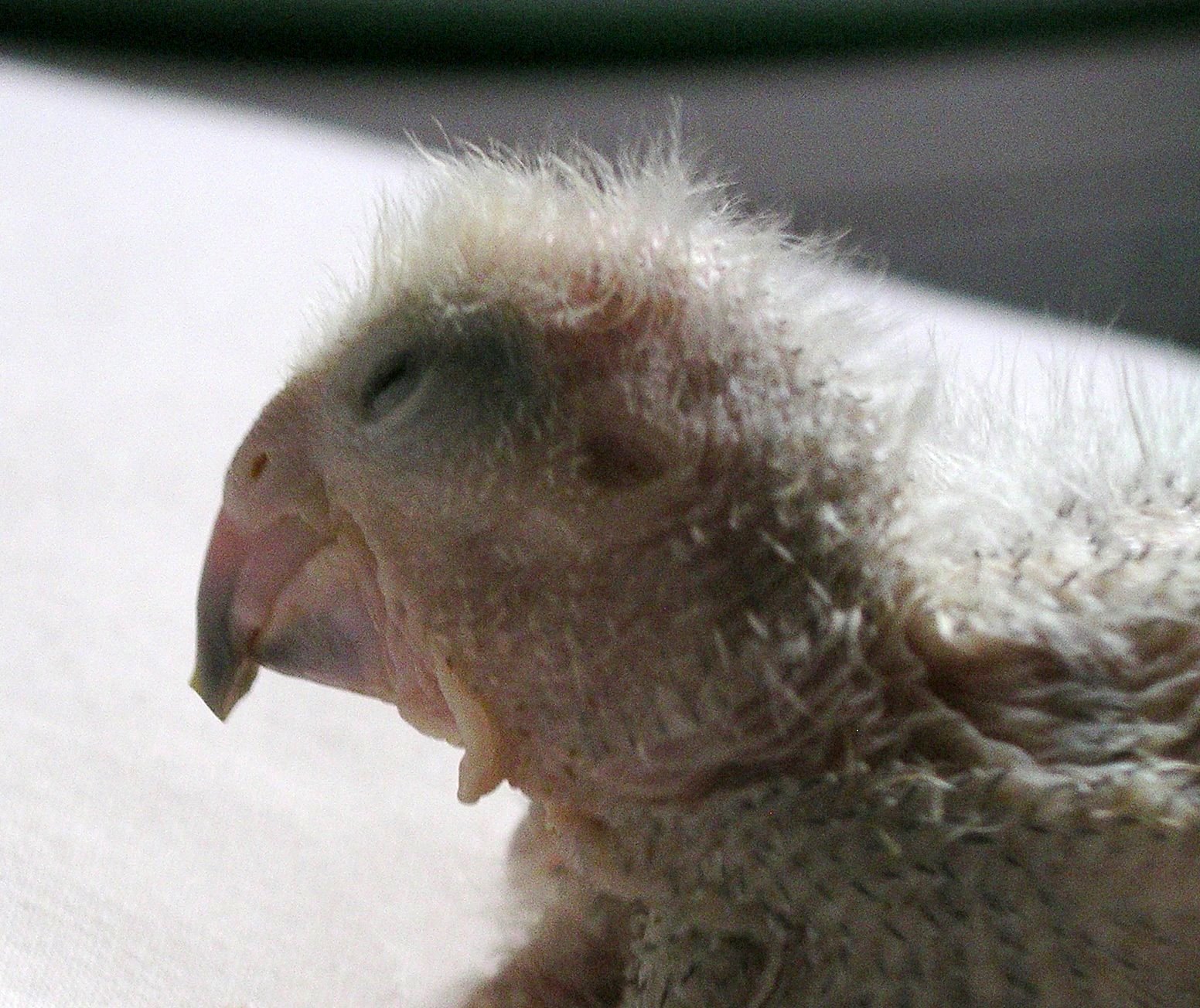Egg Tooth on:
[Wikipedia]
[Google]
[Amazon]


 An egg tooth is a temporary, sharp projection present on the bill or snout of an
An egg tooth is a temporary, sharp projection present on the bill or snout of an

 An egg tooth is a temporary, sharp projection present on the bill or snout of an
An egg tooth is a temporary, sharp projection present on the bill or snout of an oviparous
Oviparous animals are animals that reproduce by depositing fertilized zygotes outside the body (i.e., by laying or spawning) in metabolically independent incubation organs known as eggs, which nurture the embryo into moving offsprings kno ...
animal at hatching. It allows the hatchling to penetrate the eggshell from inside and break free. Birds, reptiles, and monotremes possess egg teeth as hatchlings. Similar structures exist in eleutherodactyl frog
A frog is any member of a diverse and largely semiaquatic group of short-bodied, tailless amphibian vertebrates composing the order (biology), order Anura (coming from the Ancient Greek , literally 'without tail'). Frog species with rough ski ...
s, and spider
Spiders (order (biology), order Araneae) are air-breathing arthropods that have eight limbs, chelicerae with fangs generally able to inject venom, and spinnerets that extrude spider silk, silk. They are the largest order of arachnids and ran ...
s.
Birds
When it is close to hatching, a chick uses its egg tooth to pierce the air sac between the membrane and the eggshell. This sac provides a few hours' worth of air, during which time the chick hatches. When a chick is ready to hatch from its egg, it begins the process of "pipping"; forcing the egg tooth through the shell repeatedly as the embryo rotates, eventually cutting away a section at the blunt end of the egg, leaving a hole through which the bird may emerge. Some species, including woodpeckers, have two egg teeth; one on both the upper and lower bill. After time the egg tooth falls off or is absorbed into the growing chick's bill. Someprecocial
Precocial species in birds and mammals are those in which the young are relatively mature and mobile from the moment of birth or hatching. They are normally nidifugous, meaning that they leave the nest shortly after birth or hatching. Altricial ...
species such as the kiwi, and superprecocial species including megapodes, do not require an egg tooth to assist them in hatching. They are strong enough at the time of hatching to use their legs and feet to crack open the egg. Megapode embryos develop and shed their egg tooth before hatching.
Snakes and lizards
Most squamates (lizards and snakes) also lay eggs, and similarly need an egg tooth. Unlike in otheramniote
Amniotes are tetrapod vertebrate animals belonging to the clade Amniota, a large group that comprises the vast majority of living terrestrial animal, terrestrial and semiaquatic vertebrates. Amniotes evolution, evolved from amphibious Stem tet ...
s, the egg tooth of squamates is an actual tooth which develops from the premaxilla.
Crocodilians
A babycrocodile
Crocodiles (family (biology), family Crocodylidae) or true crocodiles are large, semiaquatic reptiles that live throughout the tropics in Africa, Asia, the Americas and Australia. The term "crocodile" is sometimes used more loosely to include ...
has an egg tooth on the end of its snout. It is a tough piece of skin which is resorbed less than two months after hatching. Crocodile eggs are similar to those of birds in that they have an inner membrane and an outer one. The egg tooth is used to tear open the inner membrane; the baby crocodile can then push its way through the outer shell. If conditions are particularly dry that year, the inner membrane may be too tough for the crocodile to break through, and without assistance it will simply die inside the egg. Generally, however, the mother crocodile helps free it.
References
{{Eggs Bird breeding Types of teeth Animal anatomy